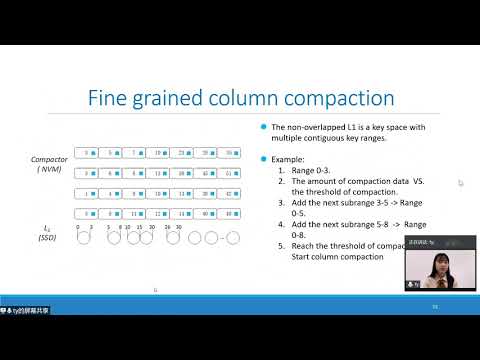Description:
Explore a conference talk from USENIX ATC '20 that presents MatrixKV, an innovative approach to improving performance in LSM-tree based key-value stores. Delve into the challenges of write stalls and write amplification in popular key-value stores, and discover how MatrixKV leverages non-volatile memory (NVM) to address these issues. Learn about the four novel techniques introduced: the matrix container for managing L0 level in NVM, column compaction for fine-grained L0 to L1 compaction, increased level width to reduce LSM-tree depth, and cross-row hint search for maintaining read performance. Gain insights into the implementation and evaluation of MatrixKV, which demonstrates significant improvements in latency and random write throughput compared to RocksDB and NoveLSM. Understand the potential impact of this research on the performance and efficiency of key-value stores in multi-tier DRAM-NVM-SSD storage systems.

MatrixKV - Reducing Write Stalls and Write Amplification in LSM-tree Based KV Stores
Add to list
#Conference Talks
#USENIX Annual Technical Conference
#Computer Science
#Database Management
#Programming
#Databases
#RocksDB